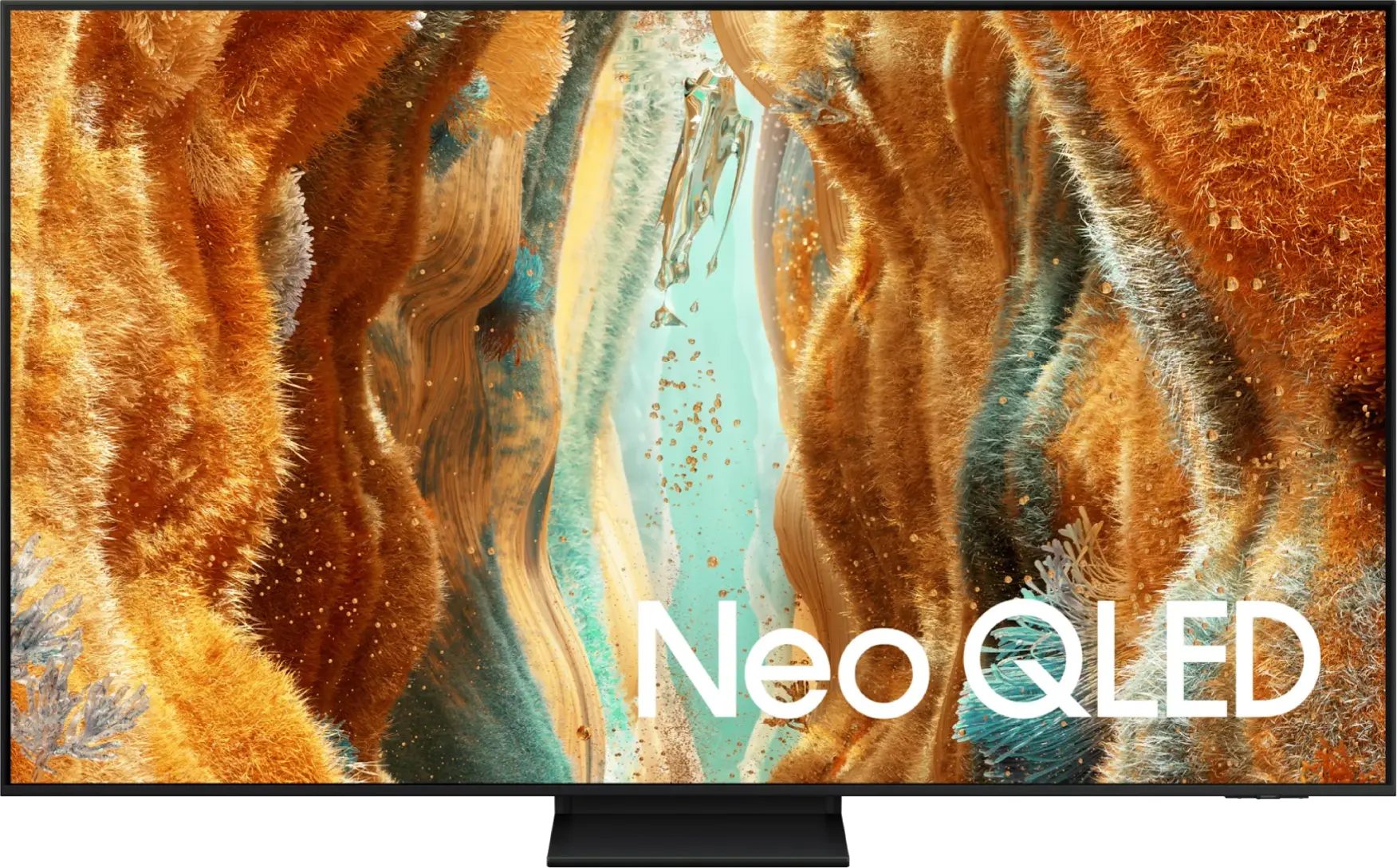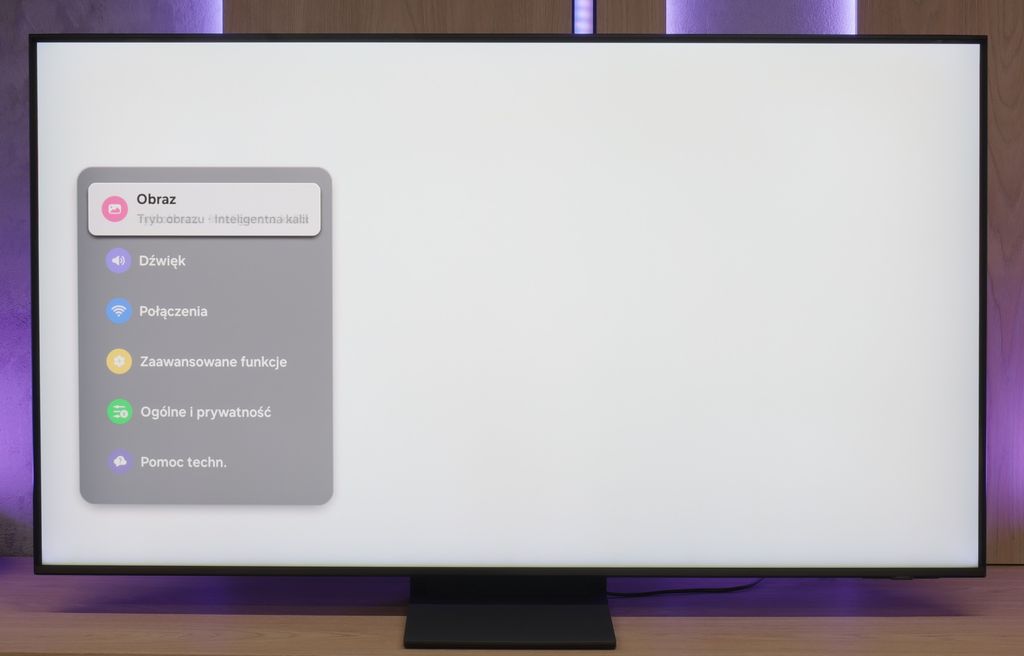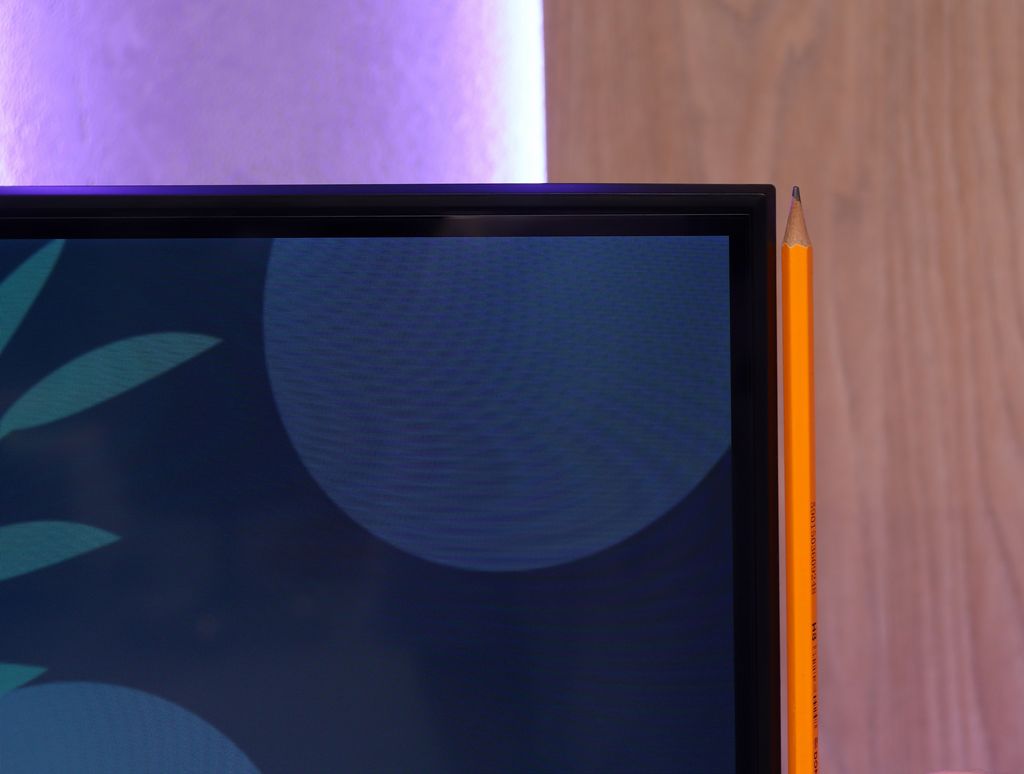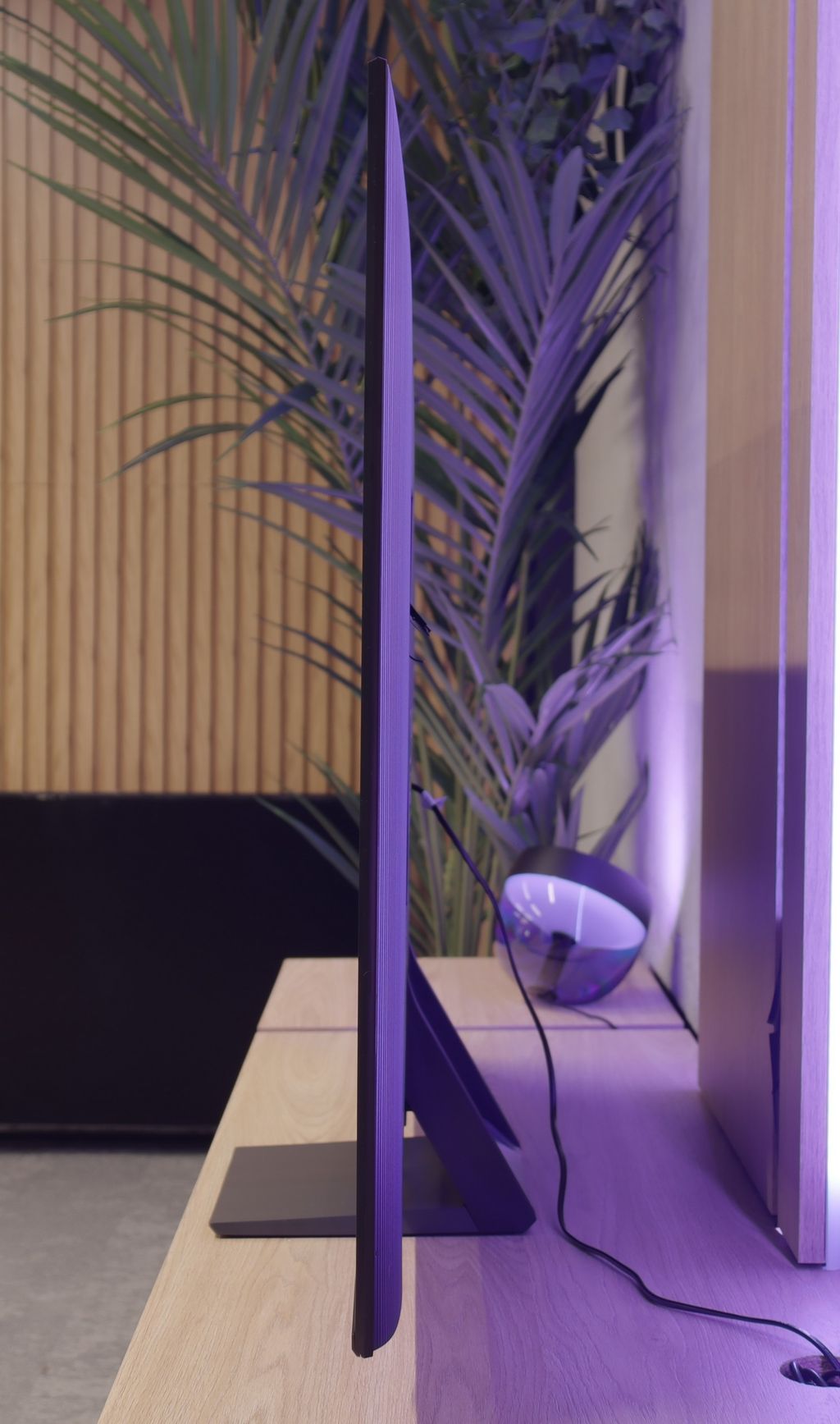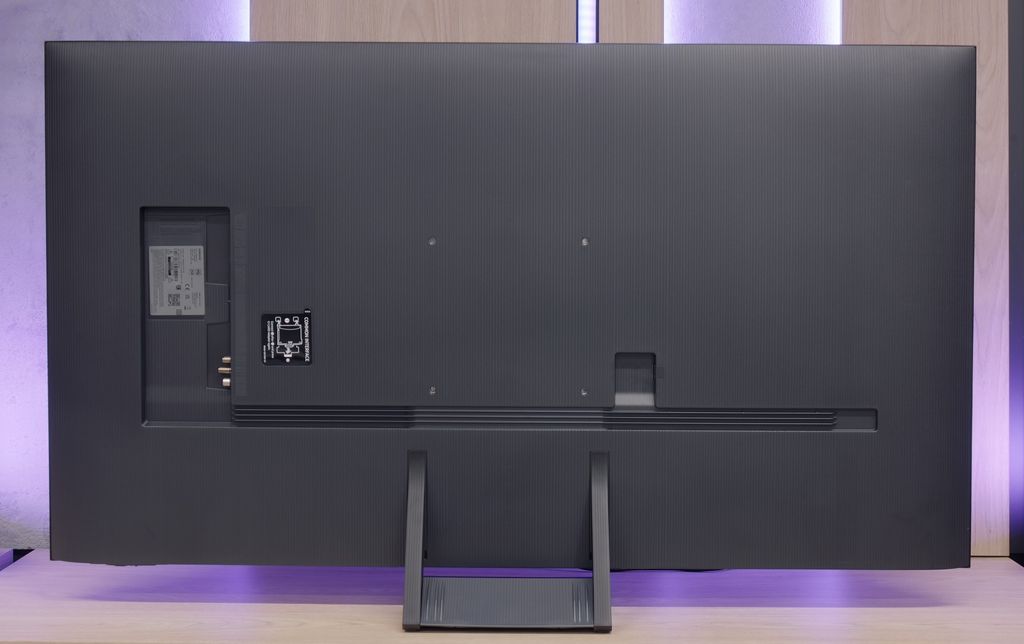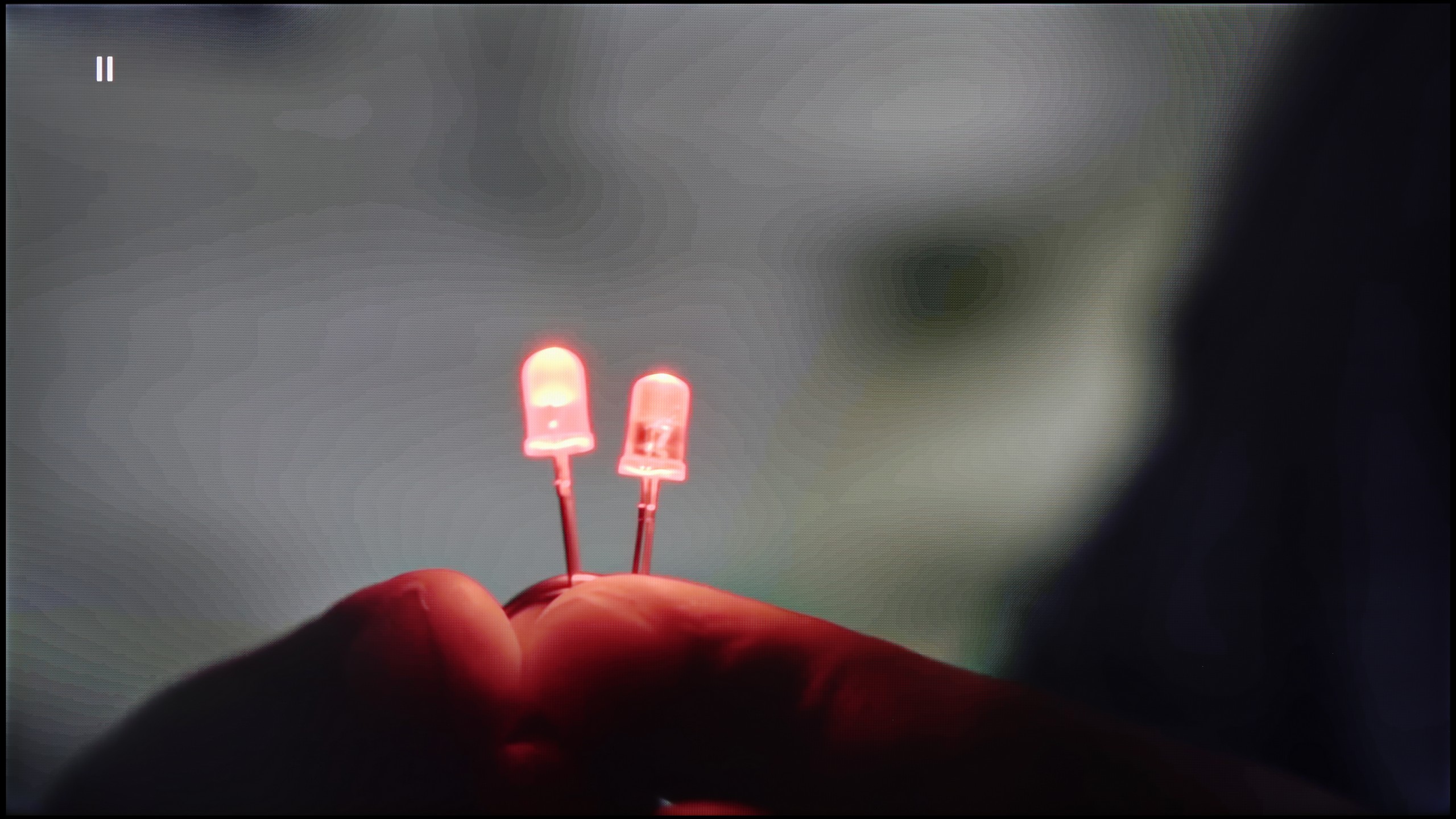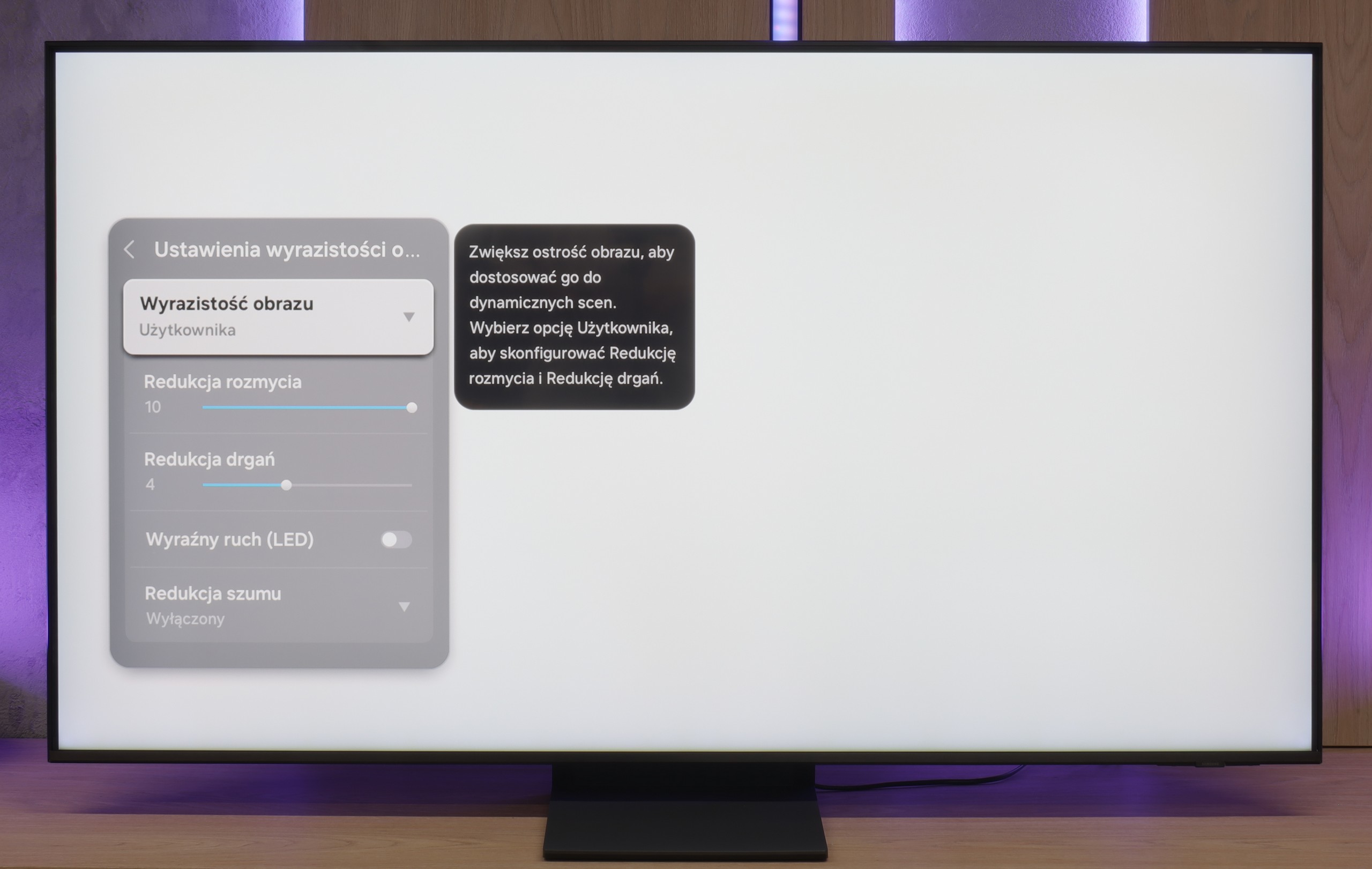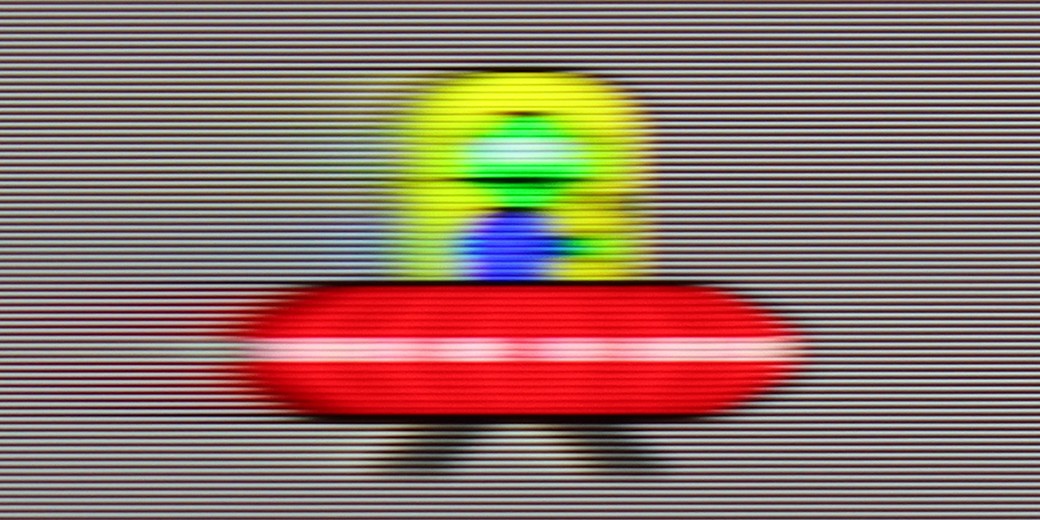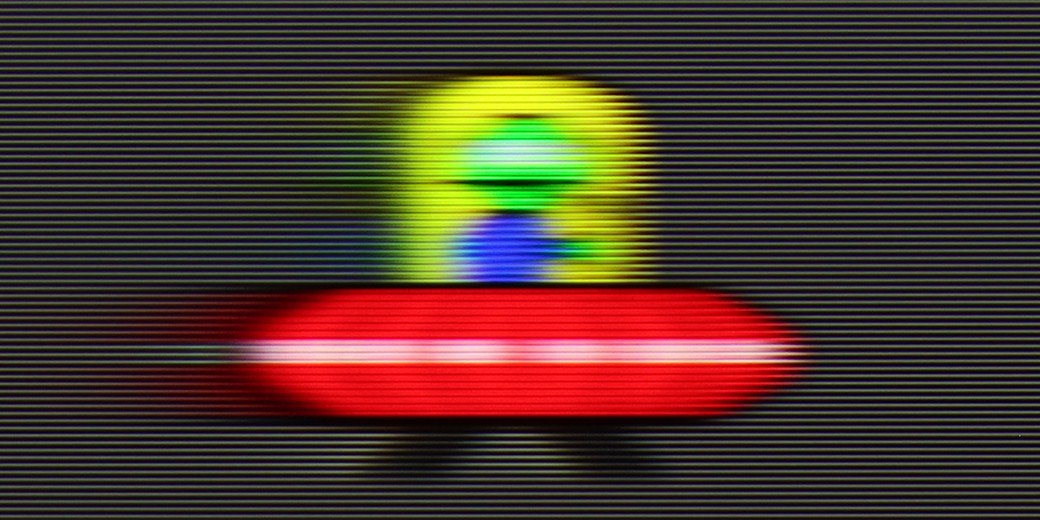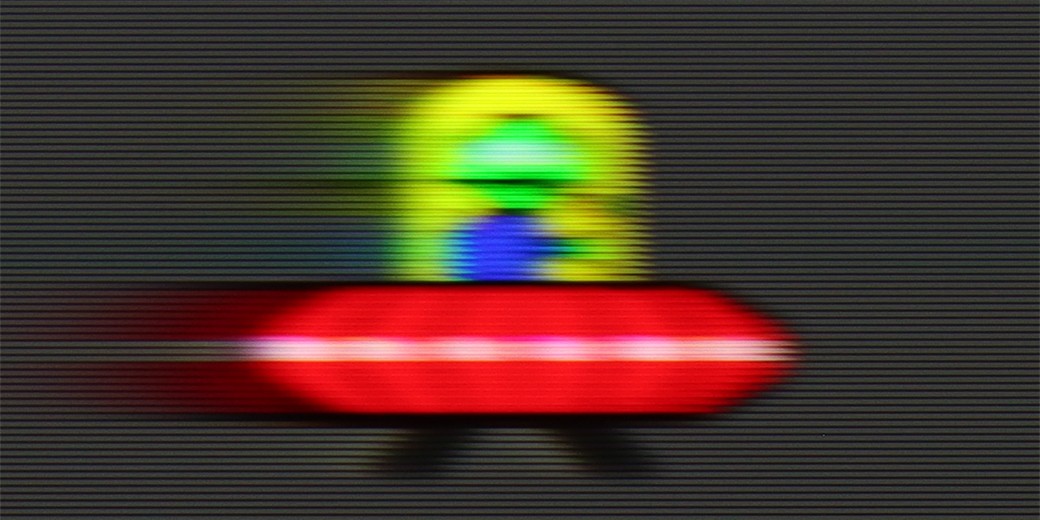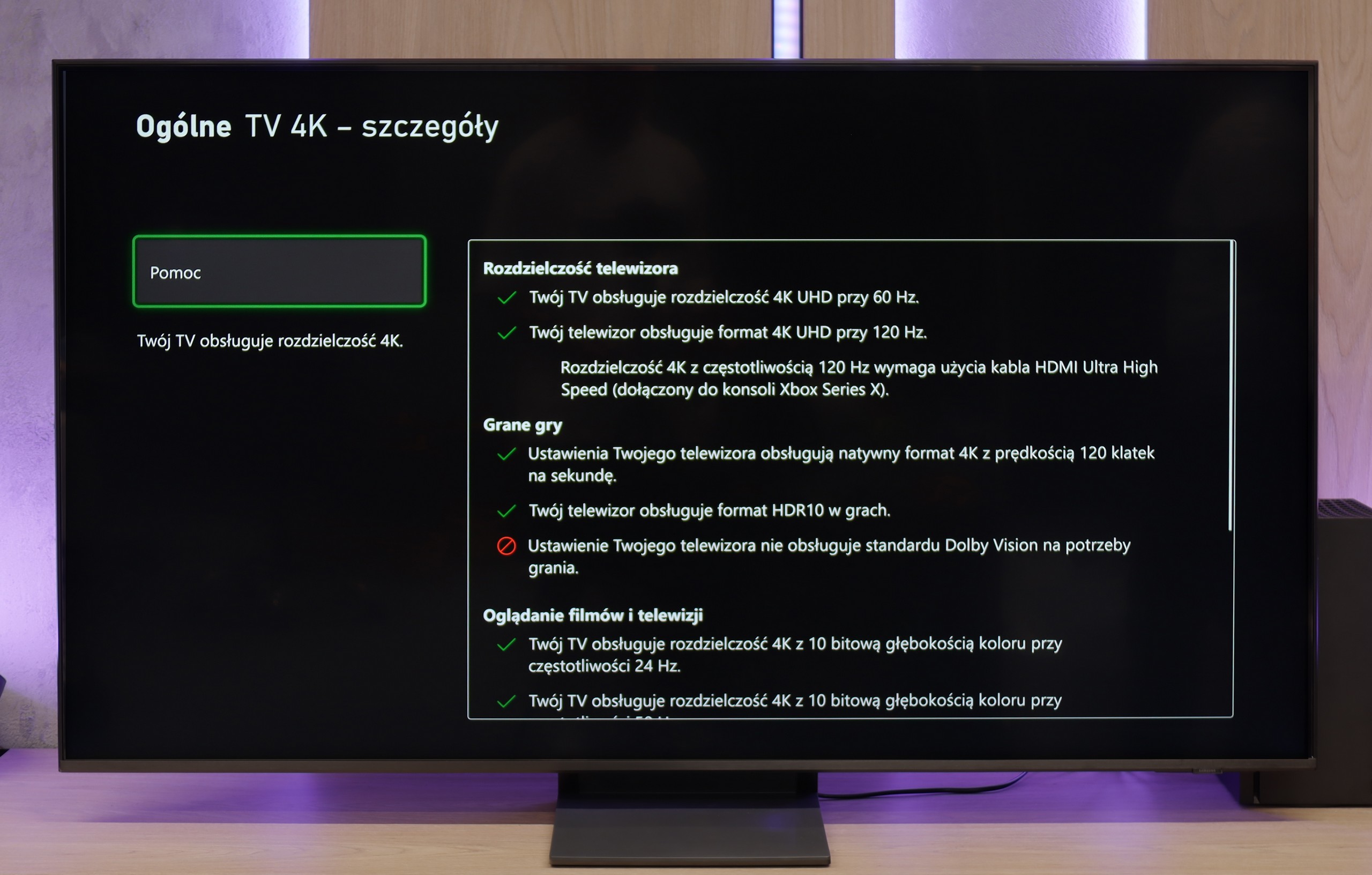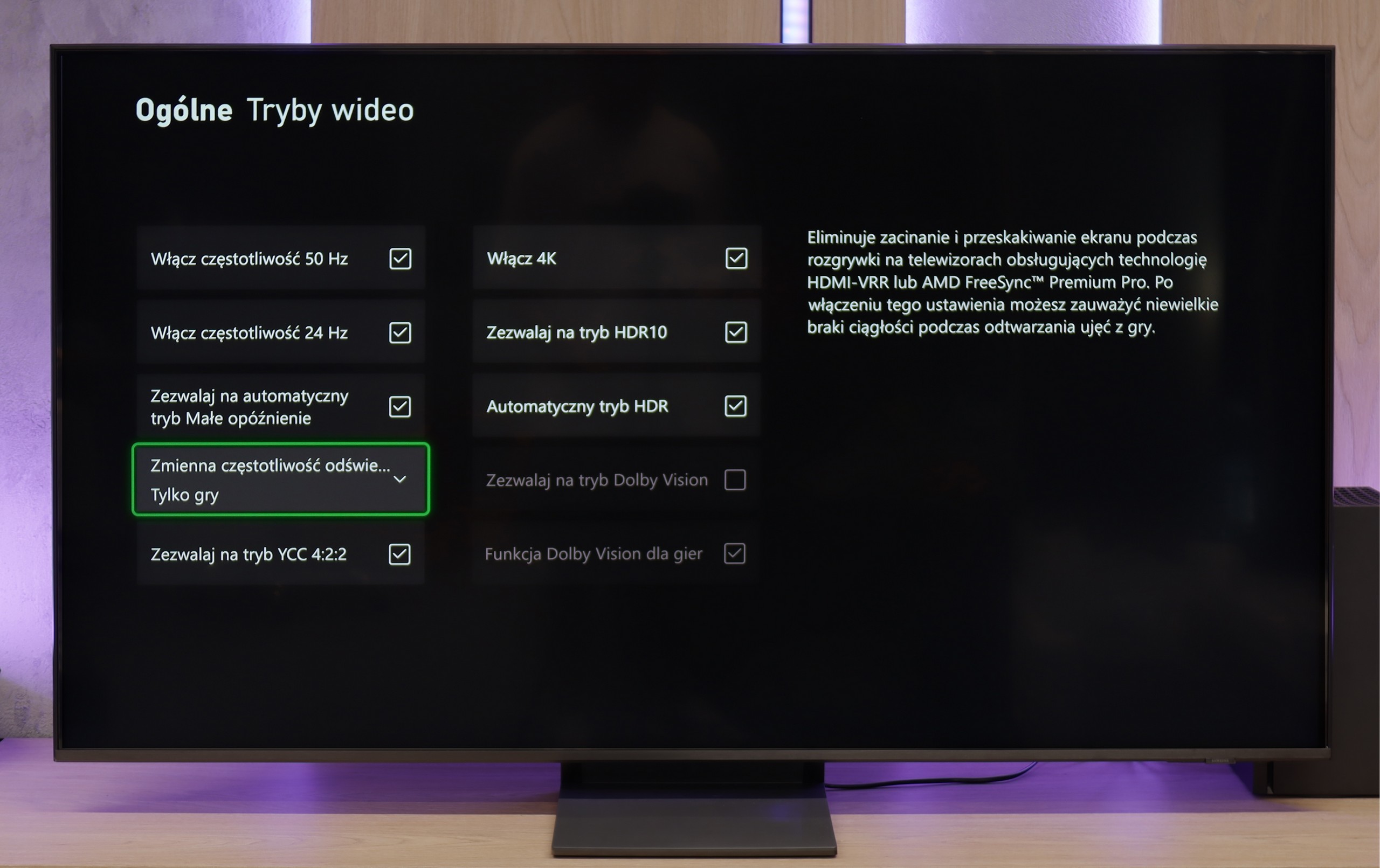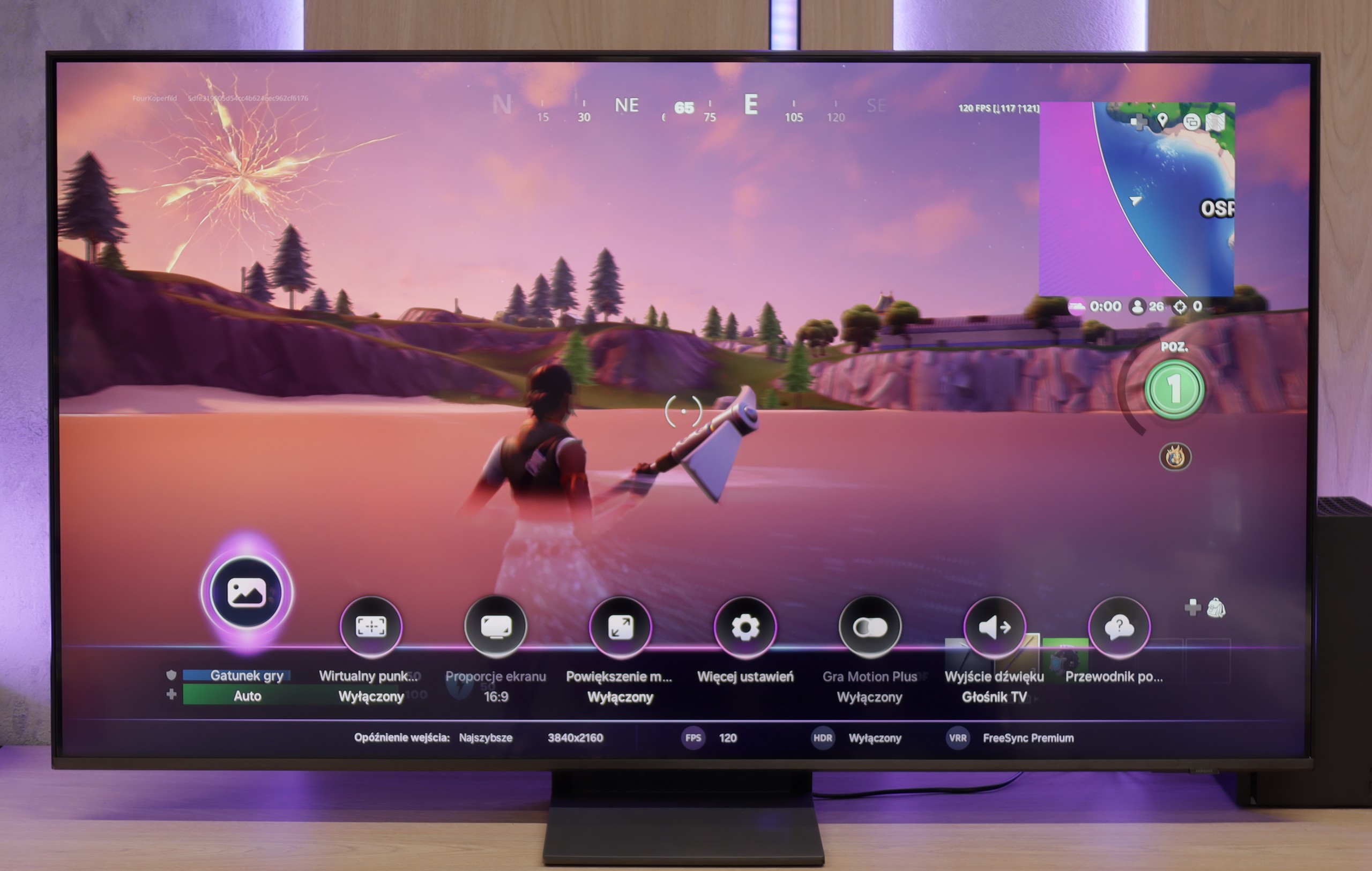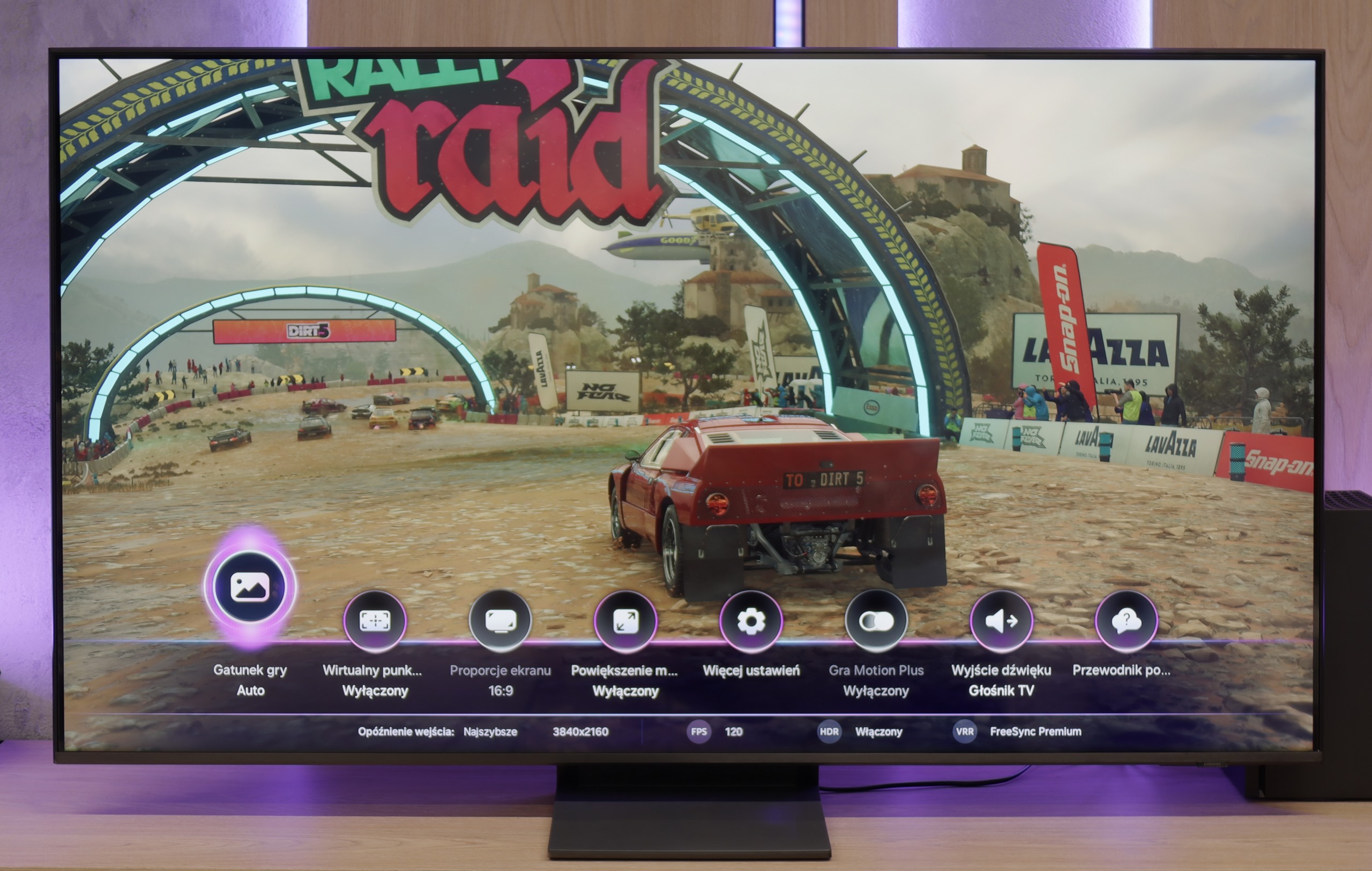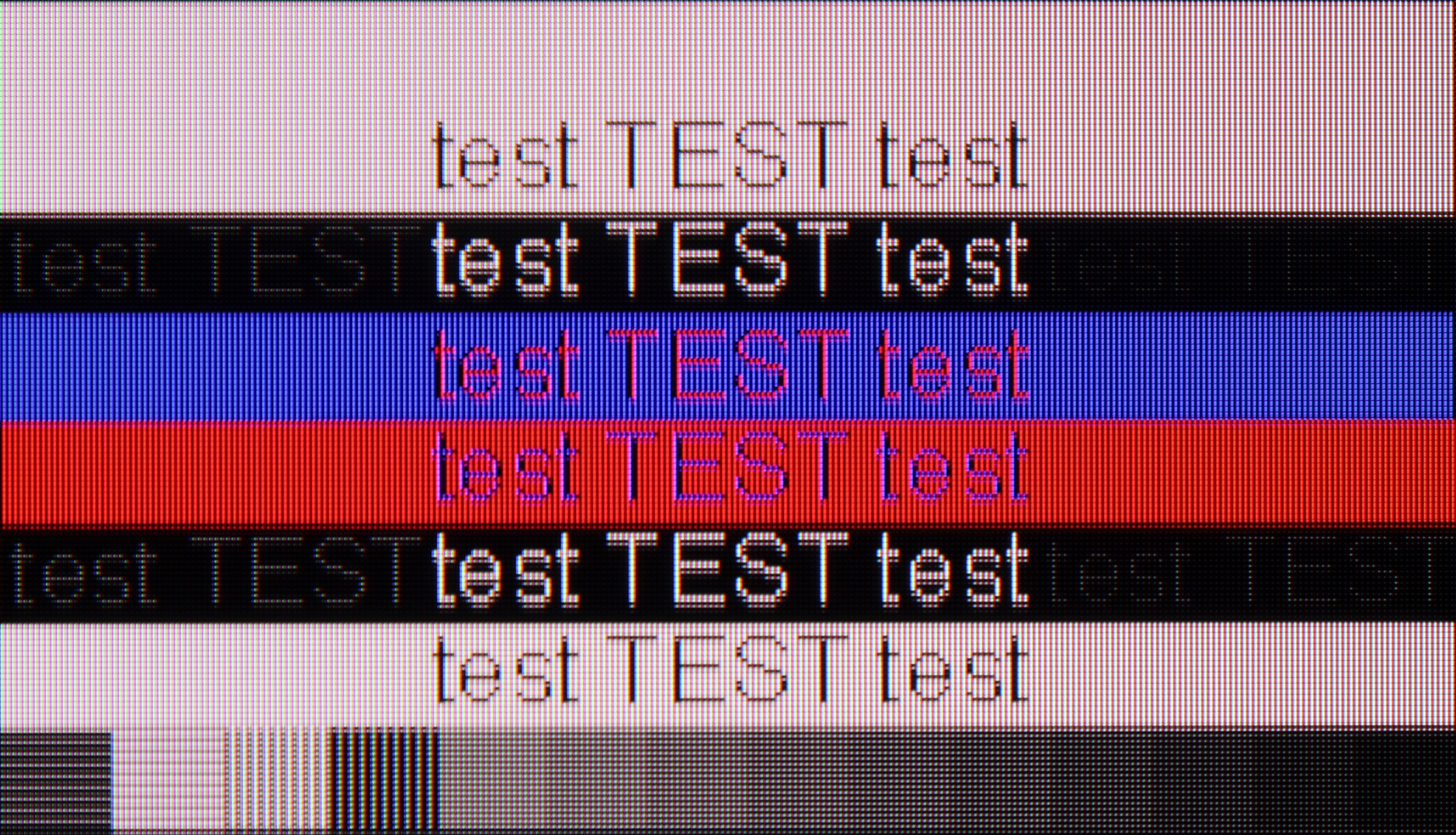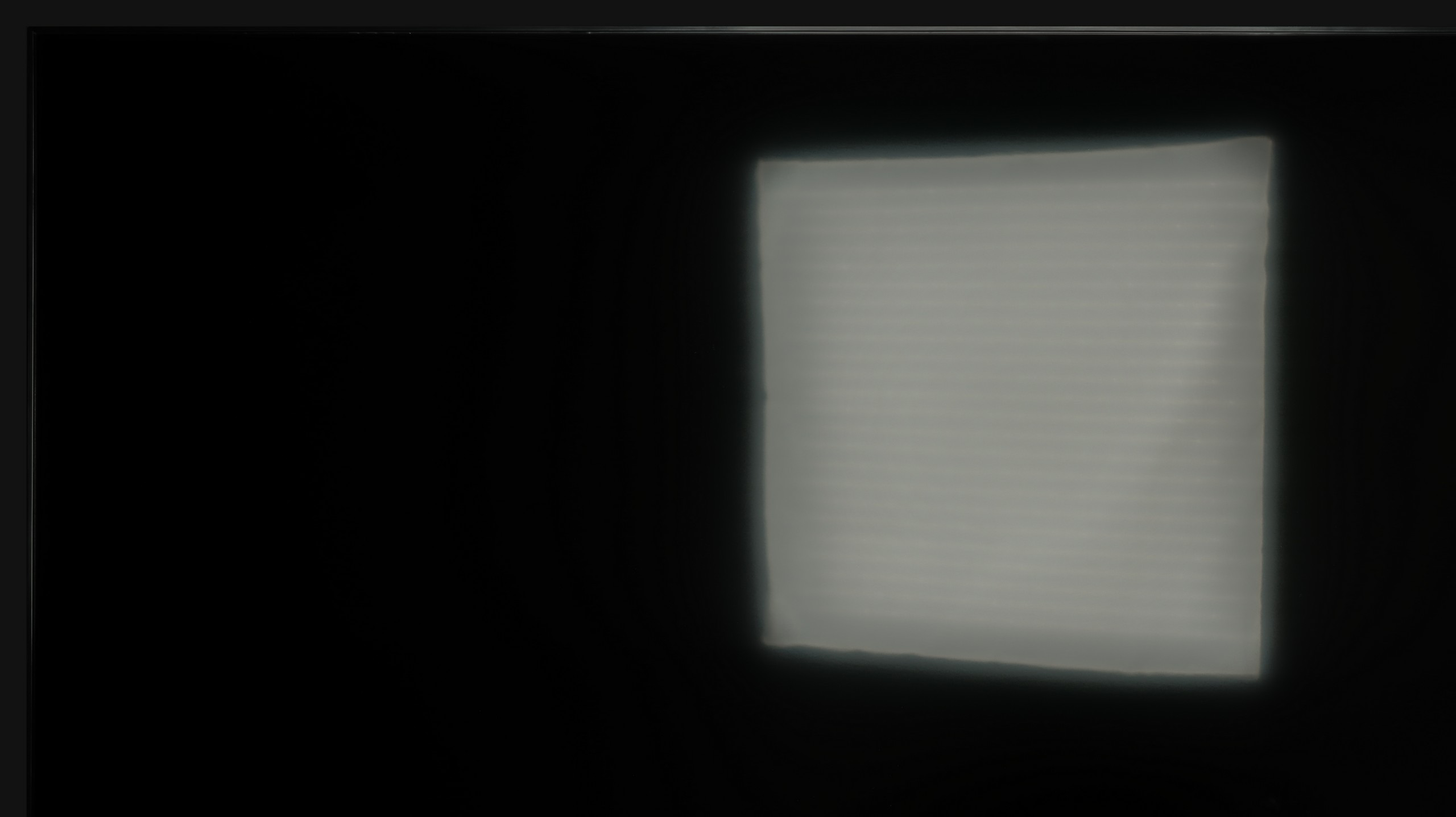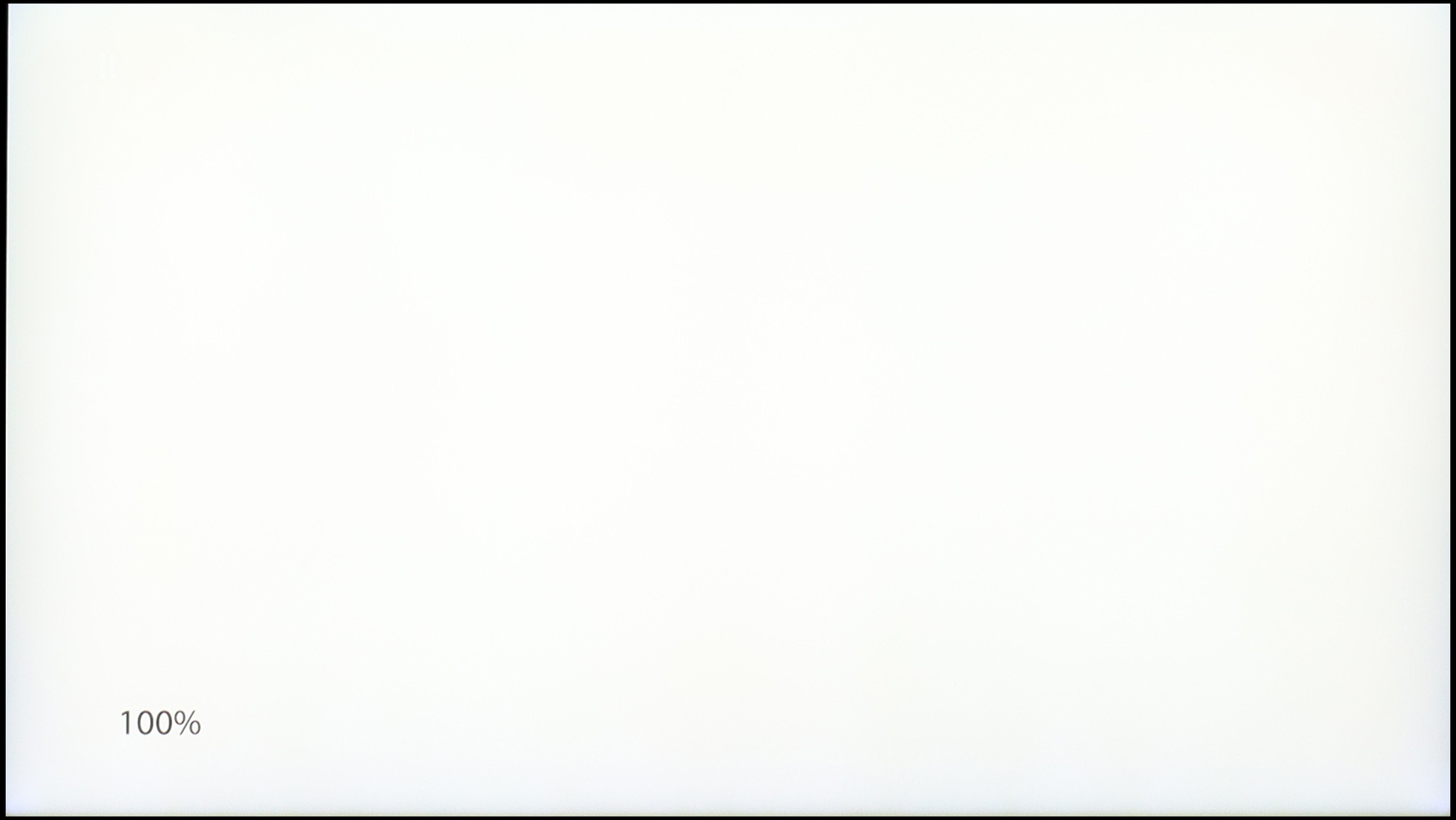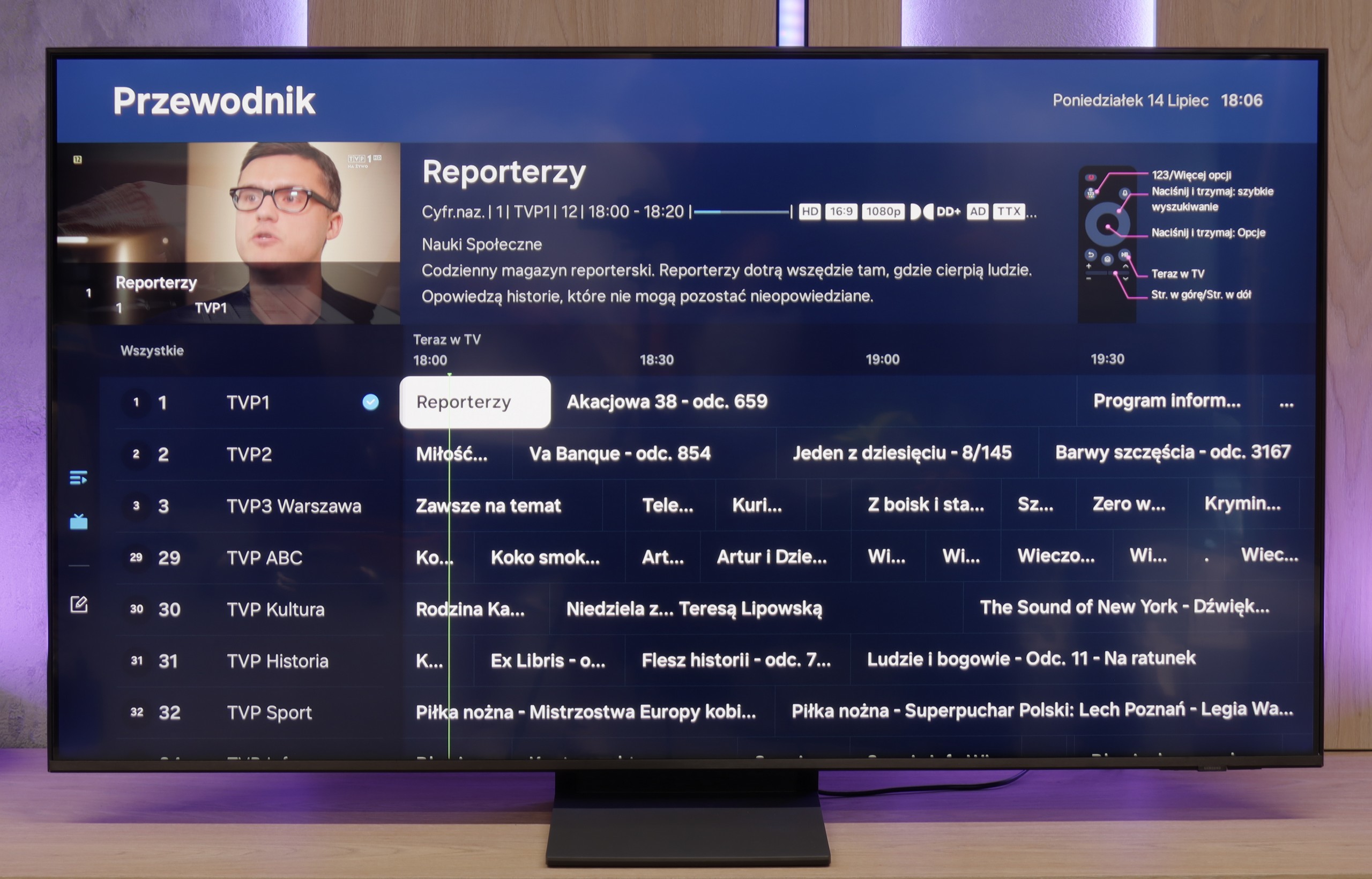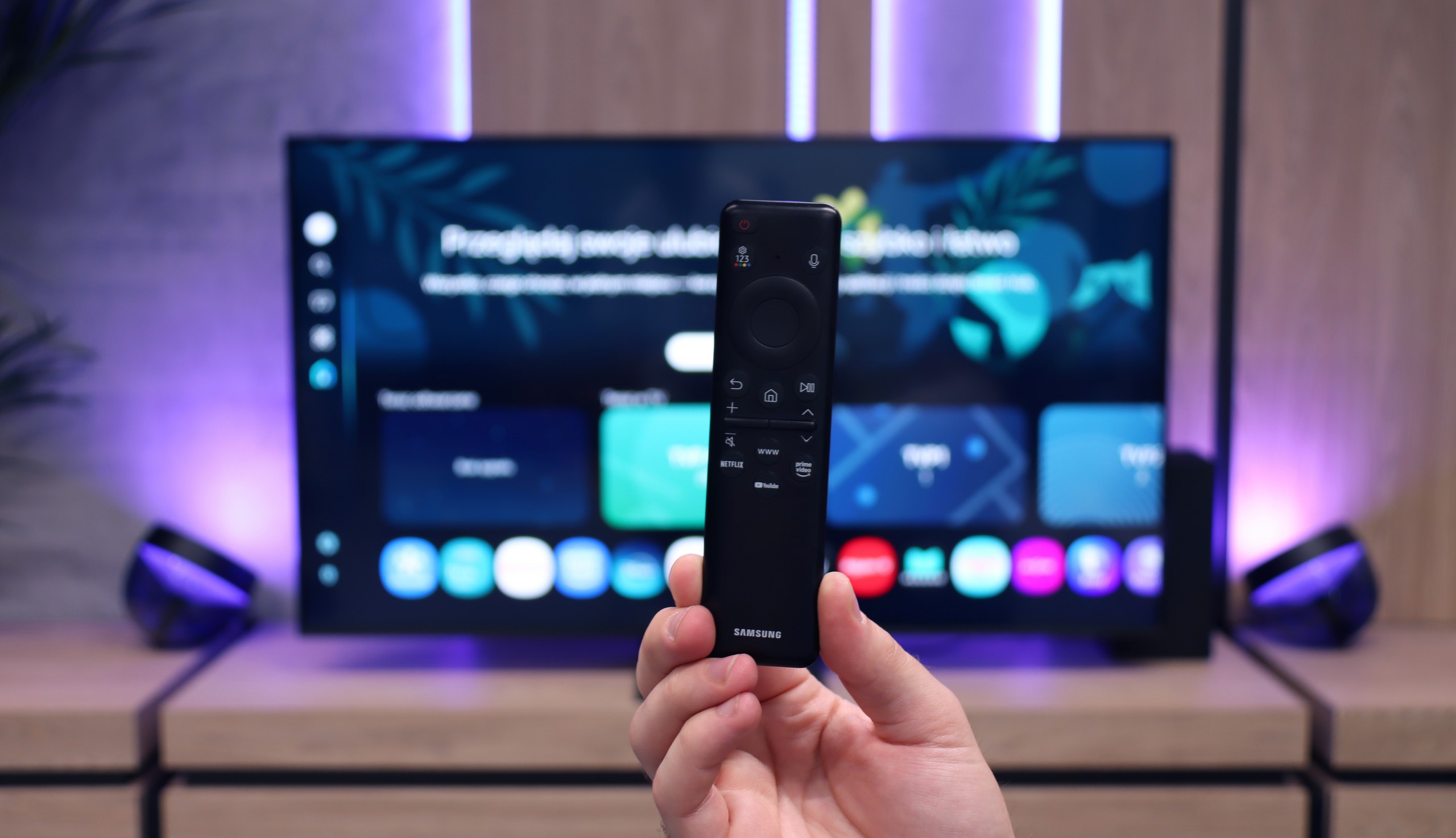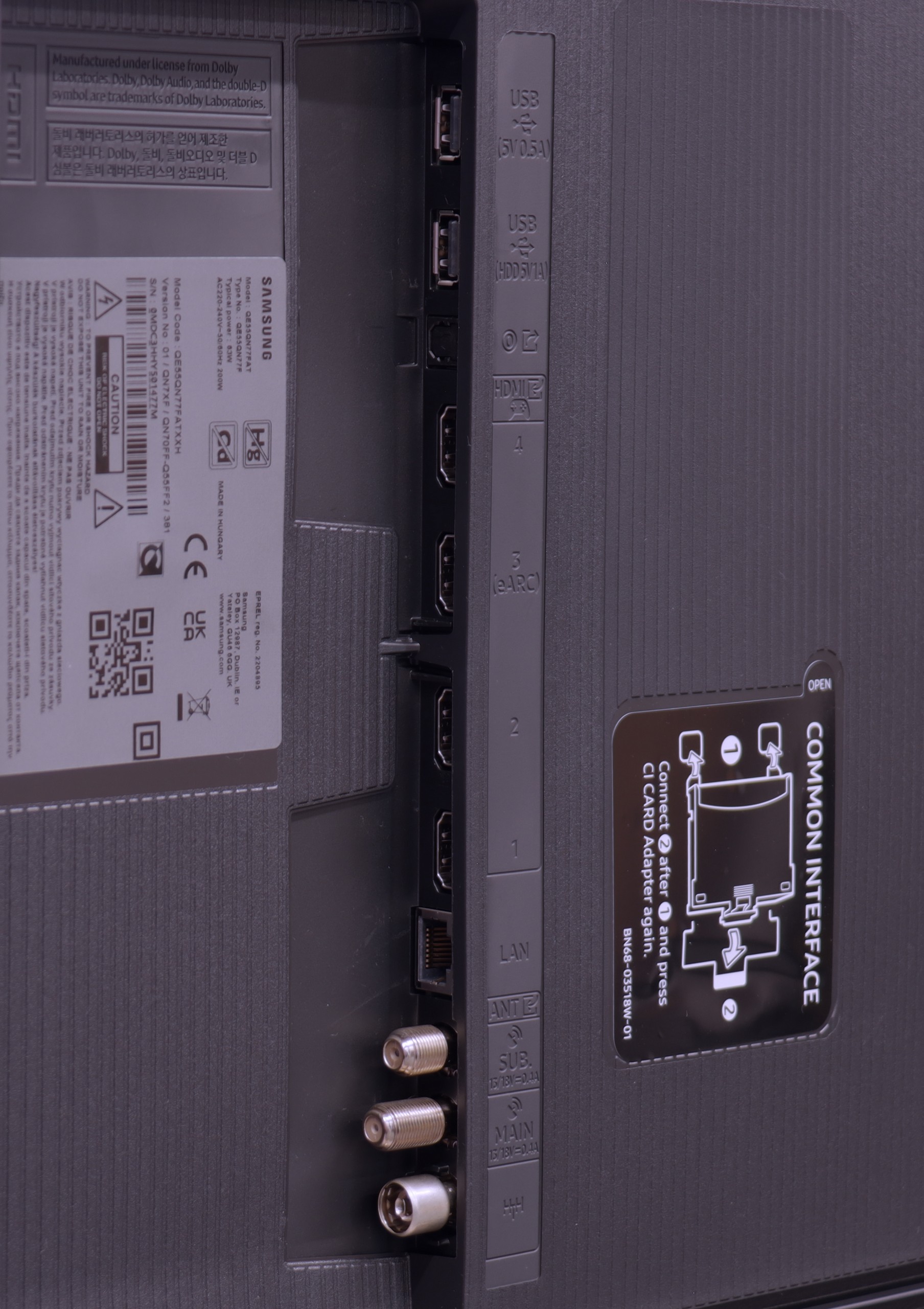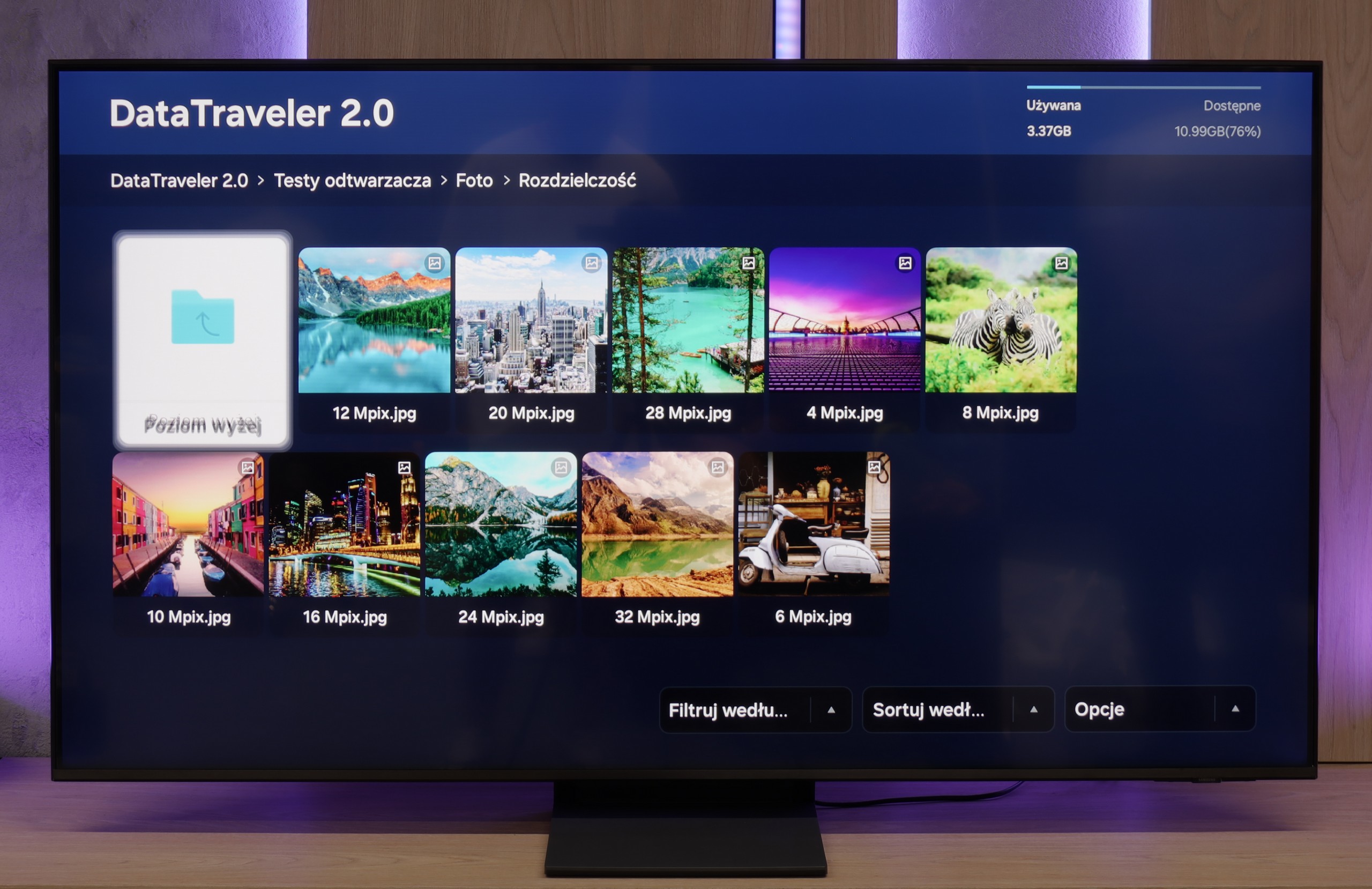LG has used its well-established proprietary WebOS system, a staple in its televisions for many years. This system provides access to virtually all major applications, with only a few notable exceptions, such as CDA or KODI. Additionally, the modern web browser and the remote control with a built-in mouse make streaming services easily accessible, even when specific apps are unavailable. One of WebOS's standout features is its ability to operate using a cursor that appears when the remote control is moved, offering great convenience when entering queries or passwords.
WebOS also includes screen mirroring, AirPlay, and Bluetooth headphone connectivity. For users with hearing impairments, it’s worth noting that WebOS allows the simultaneous use of headphones and the TV speaker, providing added flexibility. For sports fans, the system has a handy alert feature that notifies users of an upcoming match, ensuring they never miss a game.
Another highlight is the home panel, which enables users to control all smart devices connected to their home network. For example, a completed washing cycle will trigger a notification in the upper right corner of the screen.
In conclusion, while WebOS may not be as widely known or feature-rich as Android TV, it offers stable, fast performance and supports the majority of functions that users need. It is a solid and reliable option for those seeking a simple, effective, and user-friendly operating system for their television.
TV Features
The QN70F does not forget about classic features that still matter to many users. On board, we find, among other things, picture-in-picture mode (PiP), enabled by the presence of two tuners, teletext, and "Audio Only" mode – ideal if we want to use the TV like a radio. We can effortlessly pair it with headphones or a soundbar via Bluetooth, and the remote – despite the lack of a numeric keypad – works reliably, allowing control of other devices and additionally does not require us to aim at the screen. However, it should be noted that, as with all new Samsung models, we will not find USB recording functionality here. This is a system limitation that the brand consistently adheres to.
Smart TV QN70F – Tizen
The Tizen system, developed by Samsung for years, is one of the most refined Smart TV interfaces. It is fast, clear, and feature-rich. The QN70F supports voice search (also in Polish), wireless screen sharing from a phone (both via AirPlay and Miracast), as well as integration with watches and other devices in the Samsung ecosystem. All of this is connected by the SmartThings app, which allows controlling devices, automating tasks, and connecting devices on one network. (Not only Samsung brand). However, it is not perfect. Tizen is a closed system, so the selection of applications can be somewhat limited – especially compared to Google TV. All the major streaming services are in place, but if you use less popular services, it's worth checking before purchase whether they are available in the Samsung store.

